Transmission and distribution feasibility studies and technical analysis are particularly important when planning to integrate renewable energy sources into the power system. Renewable energy sources such as solar and wind power are often located in remote areas, far from the existing transmission and distribution infrastructure. Therefore, significant upgrades and expansions to the network may be required to connect these sources to the grid.
Feasibility studies for renewable energy projects typically involve a detailed analysis of the location, size, and capacity of the proposed renewable energy facility. This analysis considers factors such as the available resources, environmental impacts, regulatory requirements, and economic viability of the project. Additionally, it considers the feasibility of connecting the renewable energy facility to the existing transmission and distribution network.
Technical analysis for renewable energy projects involves the detailed design and modeling of the transmission and distribution network. This analysis evaluates factors such as the capacity and stability of the network, the impact of variable power generation from renewable energy sources, and the equipment and infrastructure required to support the network.
Furthermore, technical analysis for renewable energy projects also considers the potential for energy storage solutions, such as batteries or pumped hydro, to be integrated into the network. This can help to mitigate the variability of renewable energy sources and improve the overall stability of the network.
Overall, transmission and distribution feasibility studies and technical analysis are essential for ensuring the successful integration of renewable energy sources into the power system. These studies and analyses can help to identify potential challenges and risks associated with the project and provide recommendations for addressing these issues in a way that maximizes the efficiency and performance of the network.
